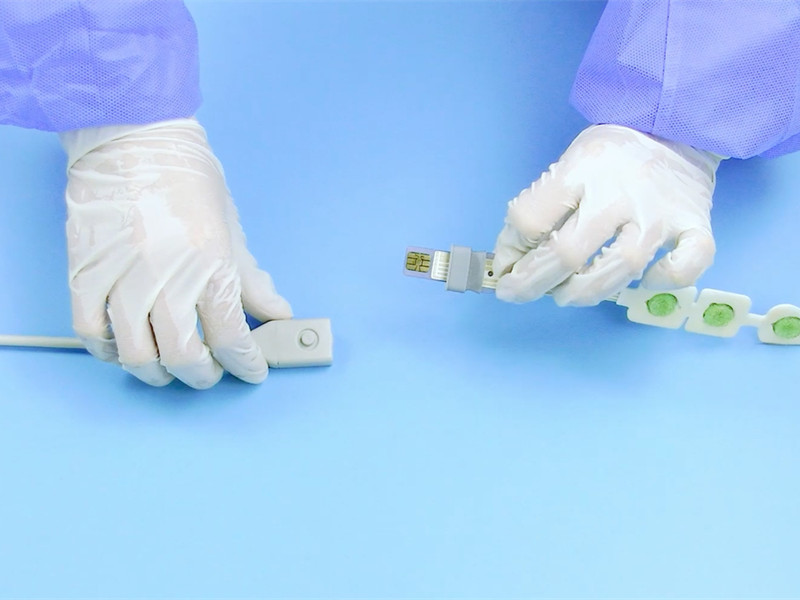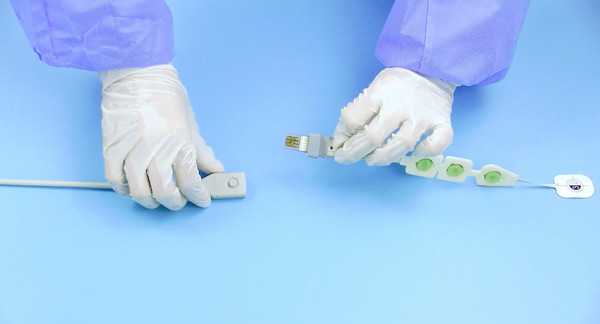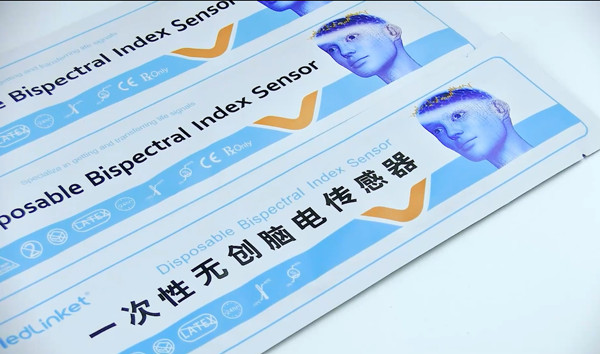Generally, the departments that need to monitor the depth of anesthesia of patients include operating room, anesthesia department, ICU and other departments.
We know that excessive depth of anesthesia will waste anesthetic drugs, cause patients to wake up slowly, and even increase the risk of anesthesia and damage patients’ health… While insufficient depth of anesthesia will make patients know and perceive the operation process during the operation, cause certain psychological shadow to patients, and even lead to patient complaints and doctor-patient disputes.
Therefore, we need to monitor the depth of anesthesia through anesthesia machine, patient cable and disposable non-invasive EEG sensor to ensure that the depth of anesthesia is in sufficient or optimal state. Therefore, the clinical significance of anesthesia depth monitoring can not be ignored!
1. Use anesthetics more accurately to make anesthesia more stable and reduce the dosage of anesthetics;
2. Ensure that the patient does not know during operation and has no memory after operation;
3. Improve the quality of postoperative recovery and shorten the residence time in the resuscitation room;
4. Make the postoperative consciousness recover more completely;
5. Reduce the incidence of postoperative nausea and vomiting;
6. Guide the dosage of sedatives in ICU to maintain a more stable sedation level;
7. It is used for outpatient surgical anesthesia, which can shorten the postoperative observation time.
MedLinket disposable noninvasive EEG sensor, also known as anesthesia depth EEG sensor. It is mainly composed of electrode sheet, wire and connector. It is used in combination with EEG monitoring equipment to noninvasively measure patients’ EEG signals, monitor the anesthesia depth value in real time, comprehensively reflect the changes of anesthesia depth during operation, verify the clinical anesthesia treatment scheme, avoid the occurrence of anesthesia medical accidents, and provide accurate guidance for intraoperative awakening.
发布时间: 21-09-06






